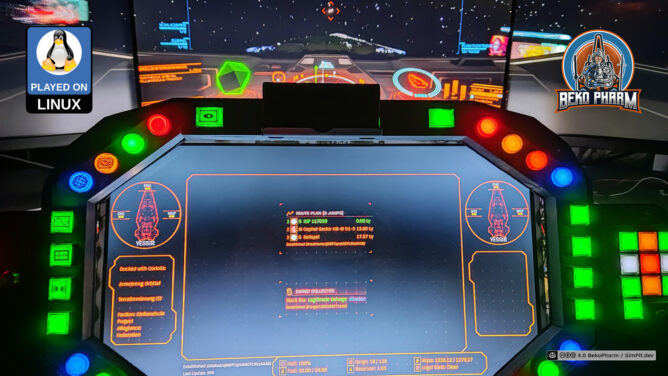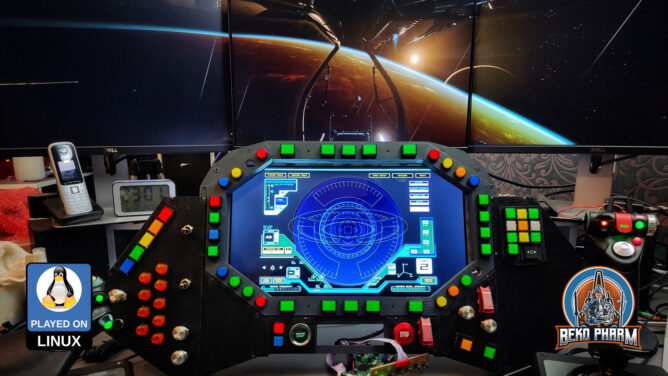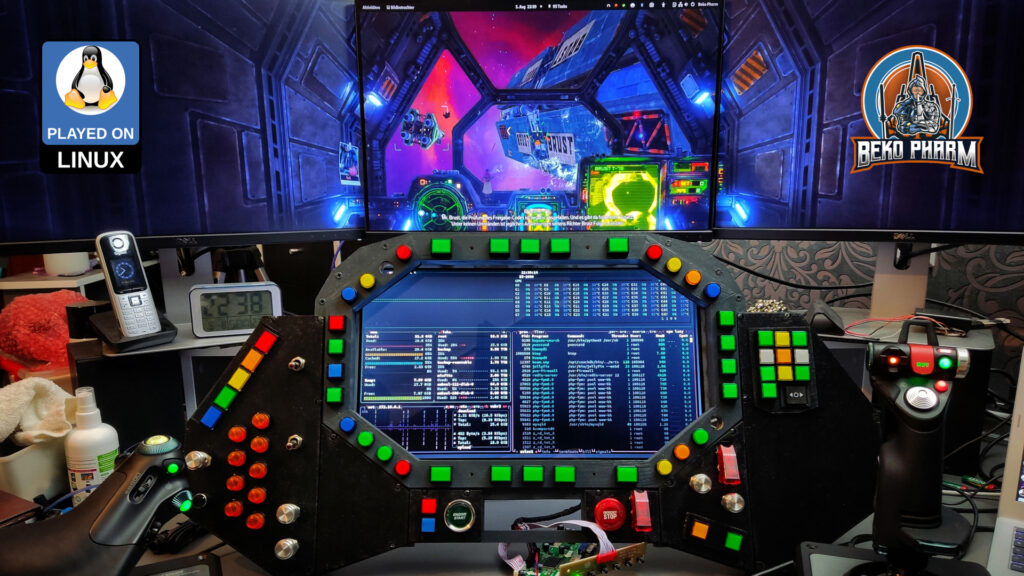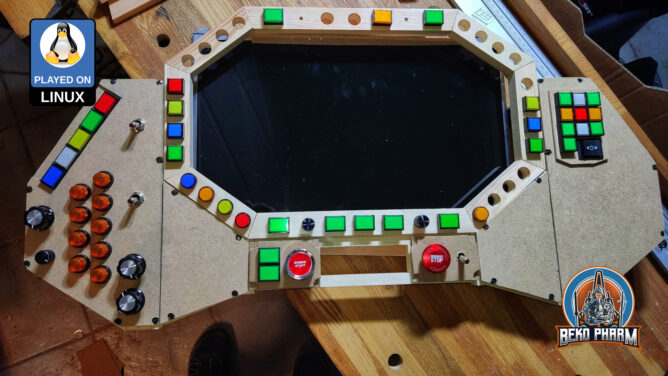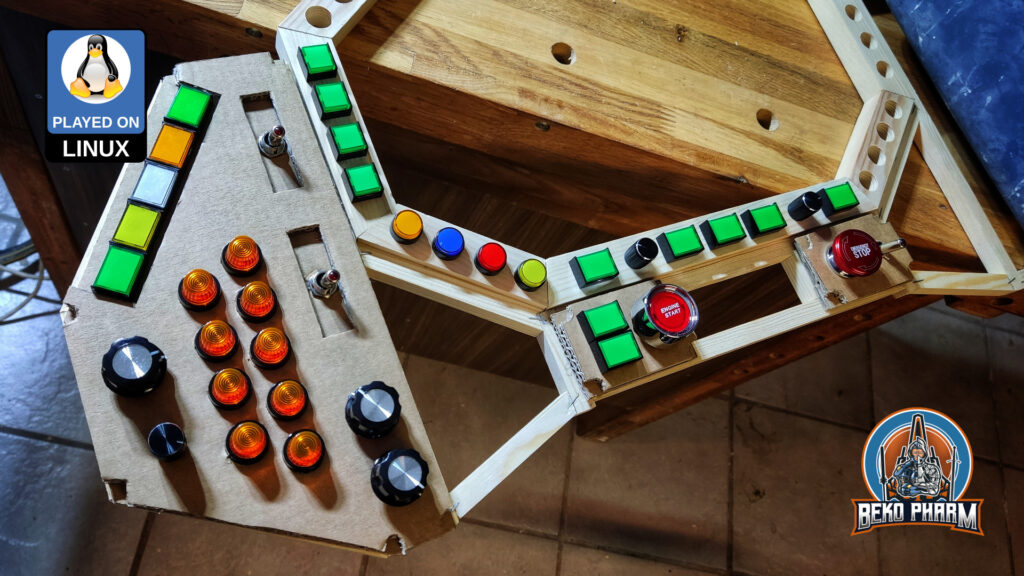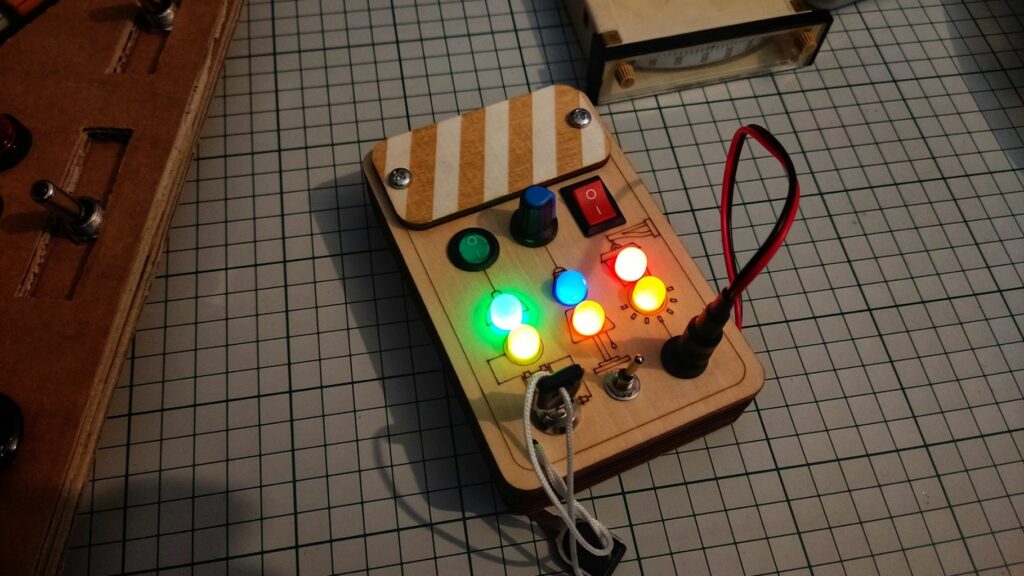🔖 This is as DIY as it gets: Home Flight Sim Tour 2.0
YT suggested this one to me and I absolutely love it. A whole cockpit on a budget made from cardboard: https://www.youtube.com/watch?v=09GdiFmaHq0
It’s for civil aviation, unlike my own, and features some very neat ideas – like the fans in the ceiling, or [non functional] “fuses”, for more immersion. It always impresses me how far dedication and skill go.


